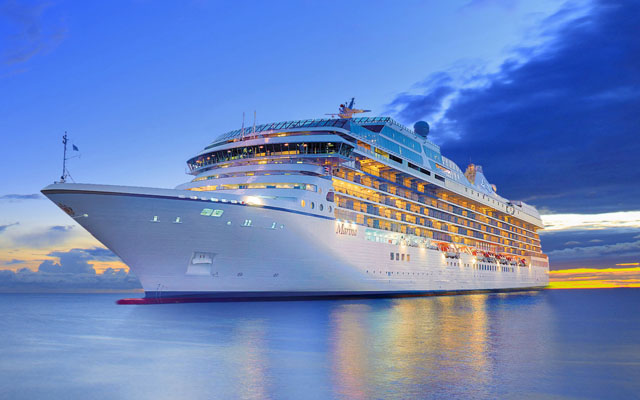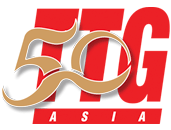BHUTAN, where the annual tourism season runs for only five and a half months each year, is looking to transform itself into a year-round destination through a series of product, marketing and infrastructural developments.
According to Kesang Wangdi, director general Tourism Council of Bhutan, hotel occupancy rates range from 10-30 per cent throughout the year, while tourism-related activities mostly take place in the capital Thimpu or nearby Paro, making it difficult for businesses dependent on tourism to survive.
Hence, the government is making moves to expand the country’s tourism product portfolio, both geographically and categorically, with the aim of “distributing the benefits obtained from… tourism, throughout the calendar year and to tourism deficient areas… particularly in the rural south and east of Bhutan”, said Wangdi.
A host of niche products covering cultural, festival, wellness, spiritual and MICE tourism is under development in various regions, while a route that links with Buddhist sites in neighbouring nations, as well as a joint destination marketing campaign together with Thailand are in the works.
To meet the projected increase in arrivals, the government is also incentivising developers to build infrastructure outside the main cities of Thimpu and Paro.
“To encourage hotel development, we permit 100 per cent foreign ownership if developers construct hotels of a five-star calibre. Moreover, all foreign firms will be treated as Bhutanese entities – they are equal before the law,” said Wangdi.
However, before any private sector plans are implemented, they are subject to evaluation against the country’s gross national happiness (GNH) masterplan benchmarks, he cautioned. “In order for plans to be approved, developers will have to ensure that their projects adhere to the nine pillars set out in Bhutan’s GNH philosophy.”
Meanwhile, with an expected increase in arrivals from 30,000 presently to 100,000 per year by 2013, the Tourism Council of Bhutan is thinking of raising the daily tourist tariff, currently upwards of US$200, to over US$300, in a bid to boost tourism coffers and improve yields for Bhutanese operators and hoteliers.
The government royalty component of US$65 per day, used to fund health and education efforts, could also increase in the medium term if numbers entering Bhutan grow too quickly, said Wangdi.



















